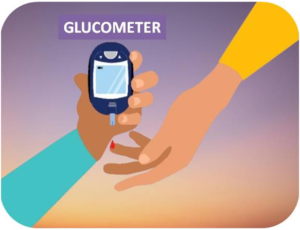By Ranjan Kumar
Starting a blog in 2024 to encourage writing skills in undergraduate students is a great initiative! Here’s a step-by-step guide to get you started:
1. Choose a Niche and Audience
Since your goal is to encourage writing among undergraduate students, focus the blog on:
- Creative writing (essays, stories, poems)
- Academic writing tips
- Writing competitions and prompts
- Peer reviews and feedback
- Writing career opportunities
Encourage engagement by making the blog a platform for student work submissions, writing challenges, and discussions.
2. Select a Blogging Platform
Pick a user-friendly platform to create and host the blog. Popular options include:
- WordPress (offers customizable templates and plugins)
- Wix (drag-and-drop builder, good for beginners)
- Medium (easy to use and can help you reach a wider audience)
- Pharmanewz.pedatrix.co(Just write your blog post and send to us! No cost on you!)
For students, having an interactive platform is essential, so look for a platform that allows comments, discussions, and content submission.
3. Domain and Hosting
- Choose a relevant domain name (e.g., studentwriters.com or writewithus.org).
- Select a hosting provider if you’re using platforms like WordPress.org. Some reliable options are:
- Bluehost
- SiteGround
- Hostinger
- Pedatrix.com
4. Design the Blog
- Simple and clean design: Make navigation easy with clear categories like Student Submissions, Writing Tips, Competitions, etc.
- Use a responsive theme to make sure it works well on mobile devices.
5. Content Strategy
- Writing Prompts: Create weekly or monthly writing prompts to inspire students to submit content.
- Guest Posts: Allow students to write guest posts on different topics related to writing and literature.
- Tutorials: Write blog posts on how to improve writing skills, covering grammar, structure, creativity, etc.
- Peer Feedback Section: Allow peer-to-peer reviews where students can offer constructive criticism on each other’s work.
6. Engage Your Audience
- Create a community by encouraging students to comment, share, and provide feedback.
- Organize writing challenges and competitions to motivate participation.
- Feature “Writer of the Month” or “Best Submission” sections to highlight talented students.
7. Promote the Blog
- Use social media (Instagram, Facebook, LinkedIn) to reach more students and writers.
- Collaborate with universities and student writing clubs to promote the blog among undergraduates.
- Start a newsletter to keep your audience updated on new blog posts, challenges, and events.
8. Monetize the Blog (Optional)
- Use Google AdSense or affiliate marketing to generate revenue if the blog gains traction.
- Consider offering writing courses or workshops for advanced learners, which can be a paid service.
9. Maintain Consistency
- Post content regularly and keep the blog updated with new writing tips, writing challenges, and students’ submissions.
- Encourage interaction by responding to comments and offering feedback on submissions.
Tools and Resources for Writers:
- Grammarly (for grammar checking)
- Hemingway App (to improve readability)
- Google Docs (collaborative writing)
- Trello (for content planning)
- Turnitin(for plagiarism check)







1 thought on “How to start a blog?”
This is a fantastic reminder to prioritize self-care. We often overlook our needs in the hustle of daily life.